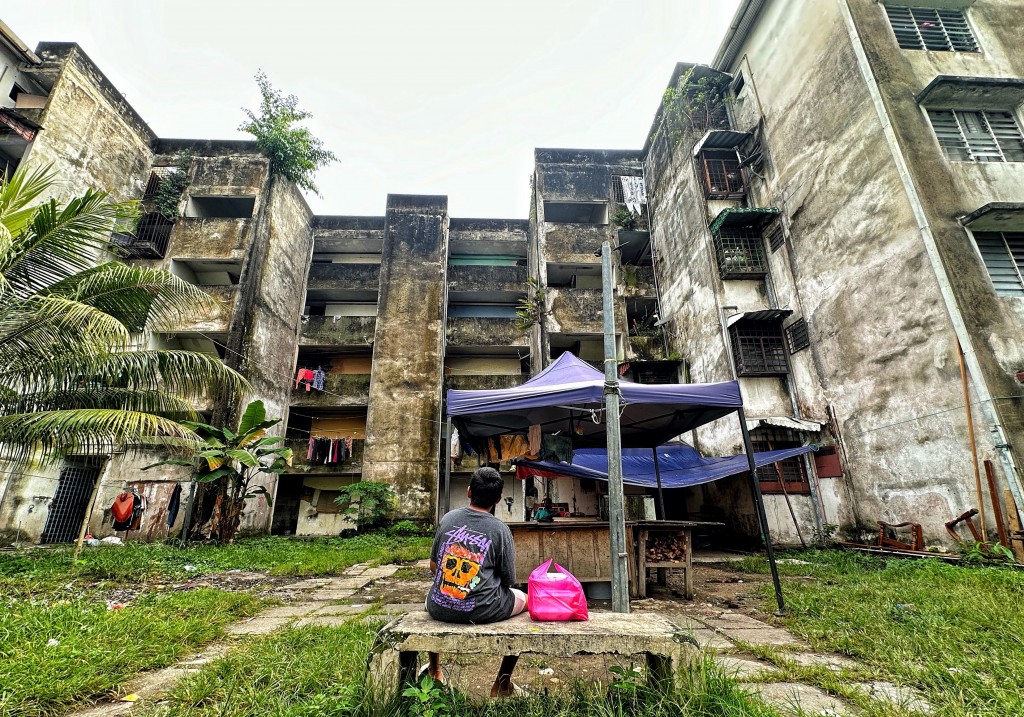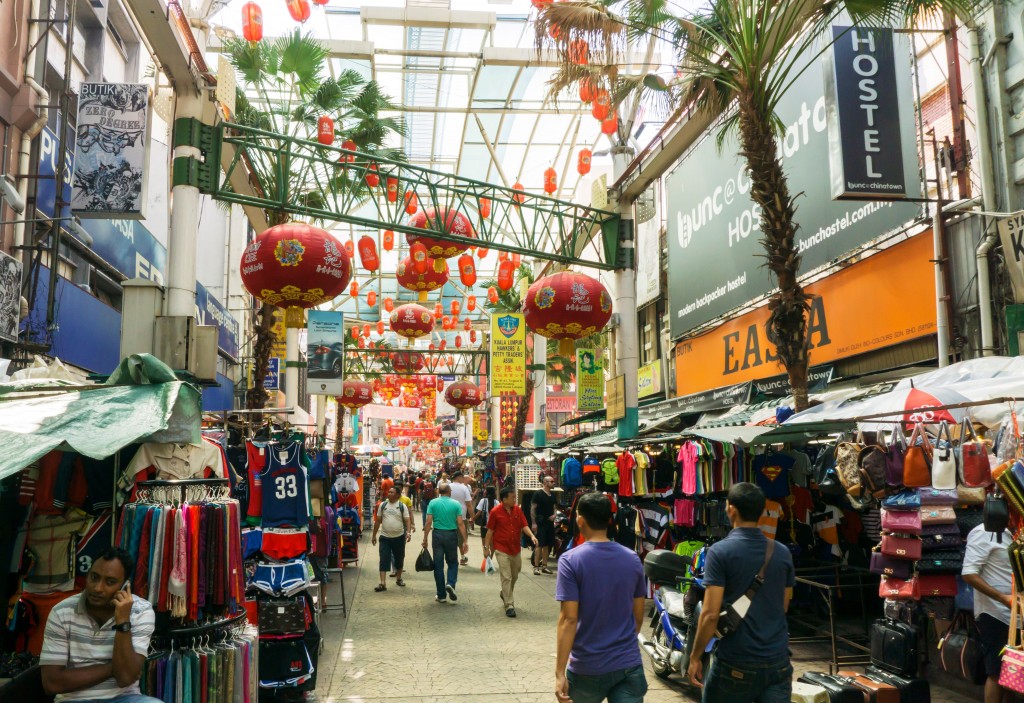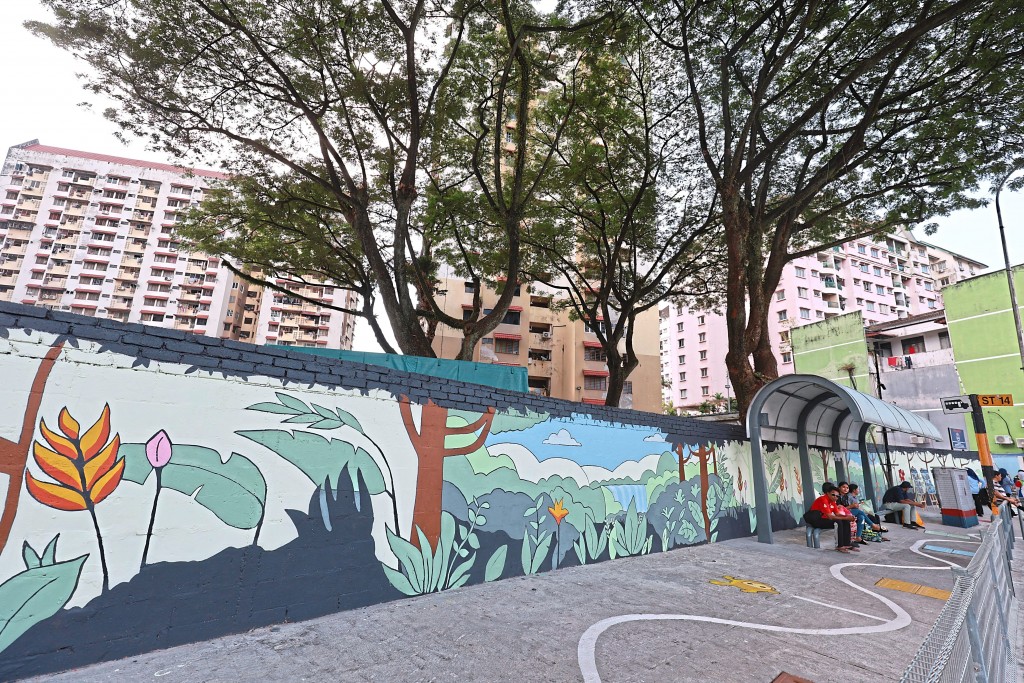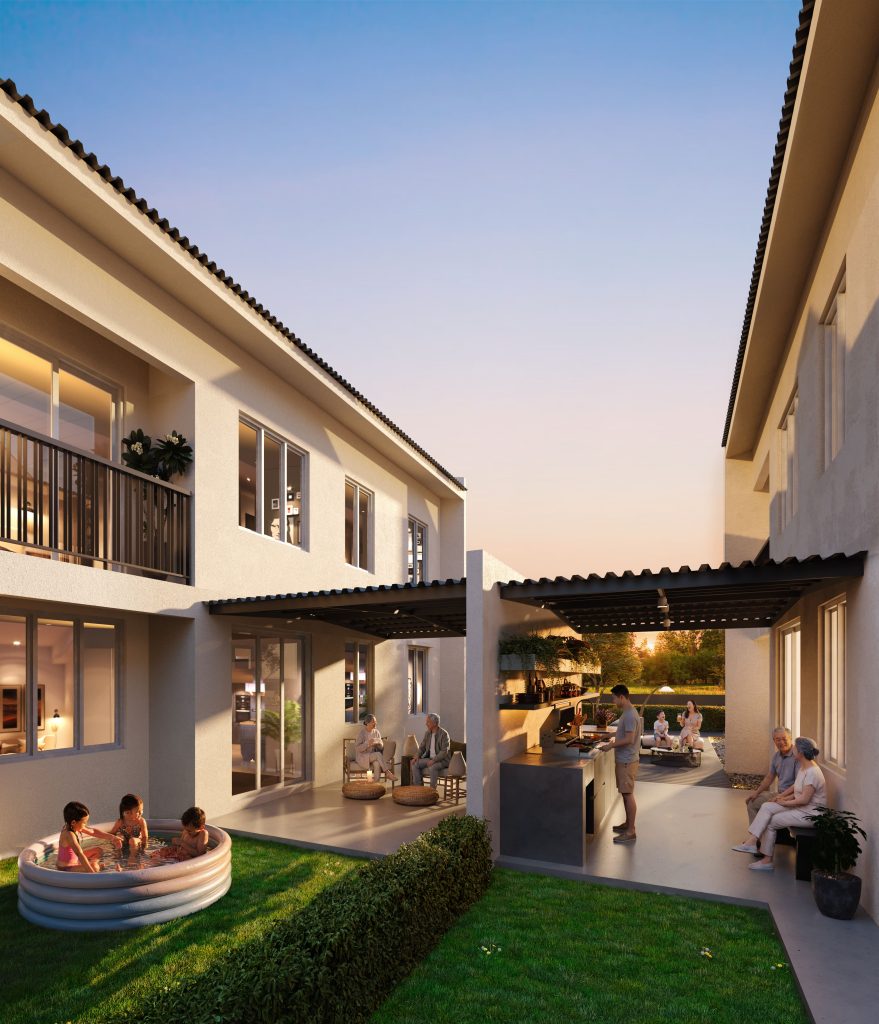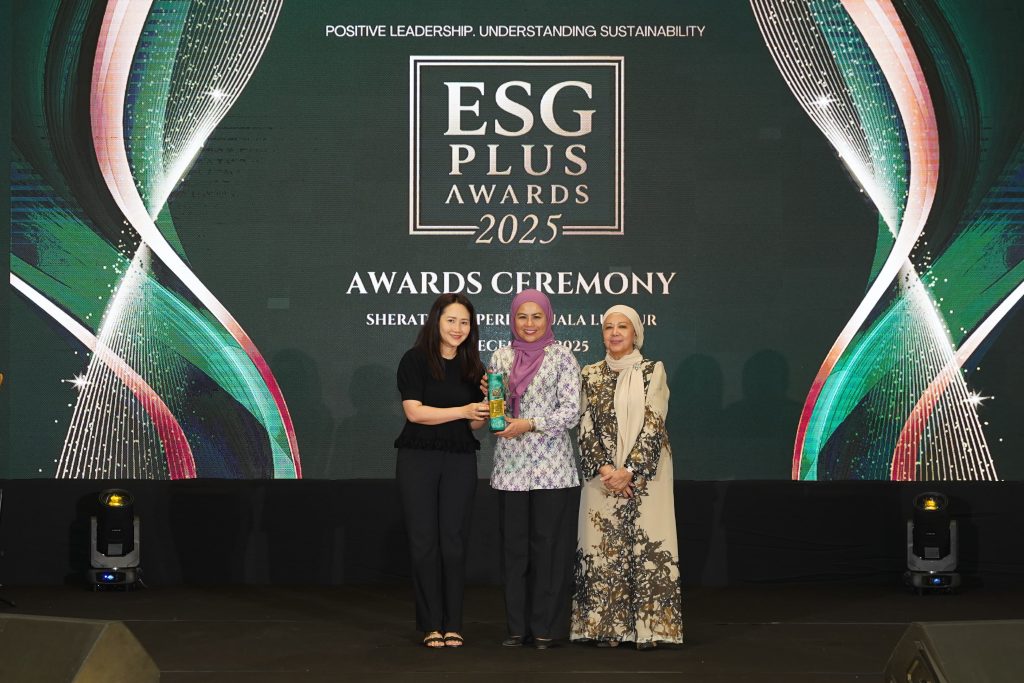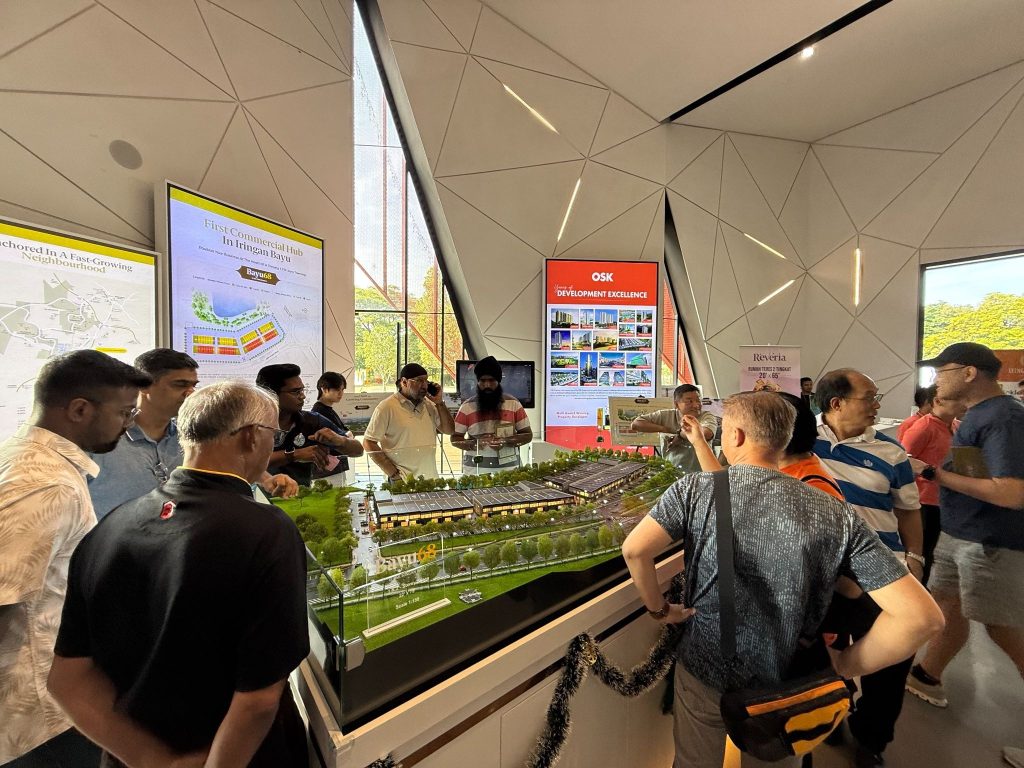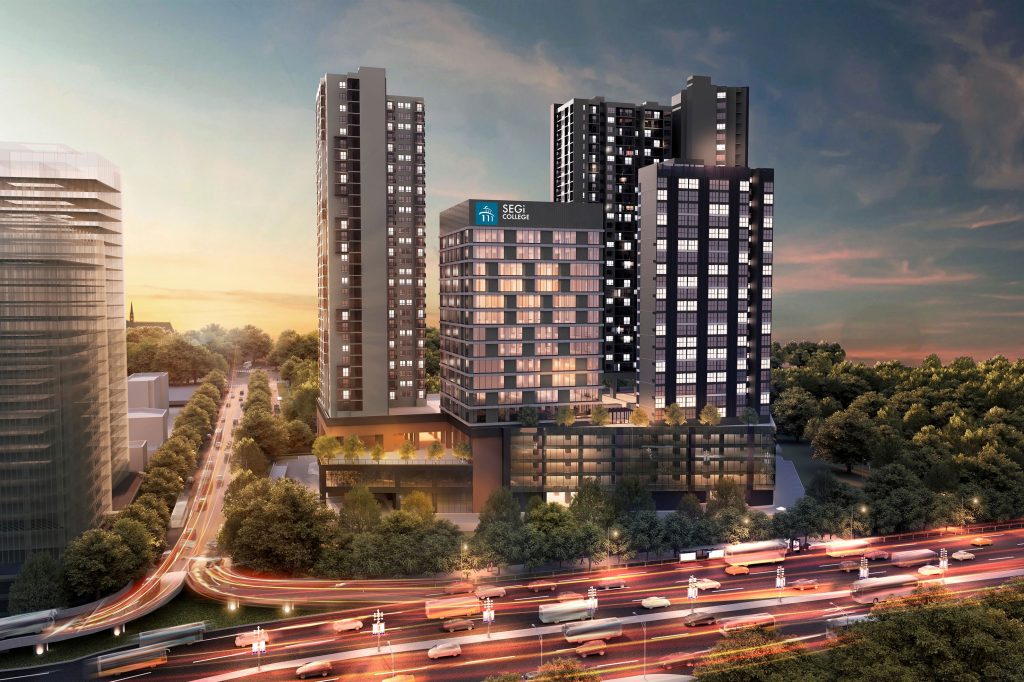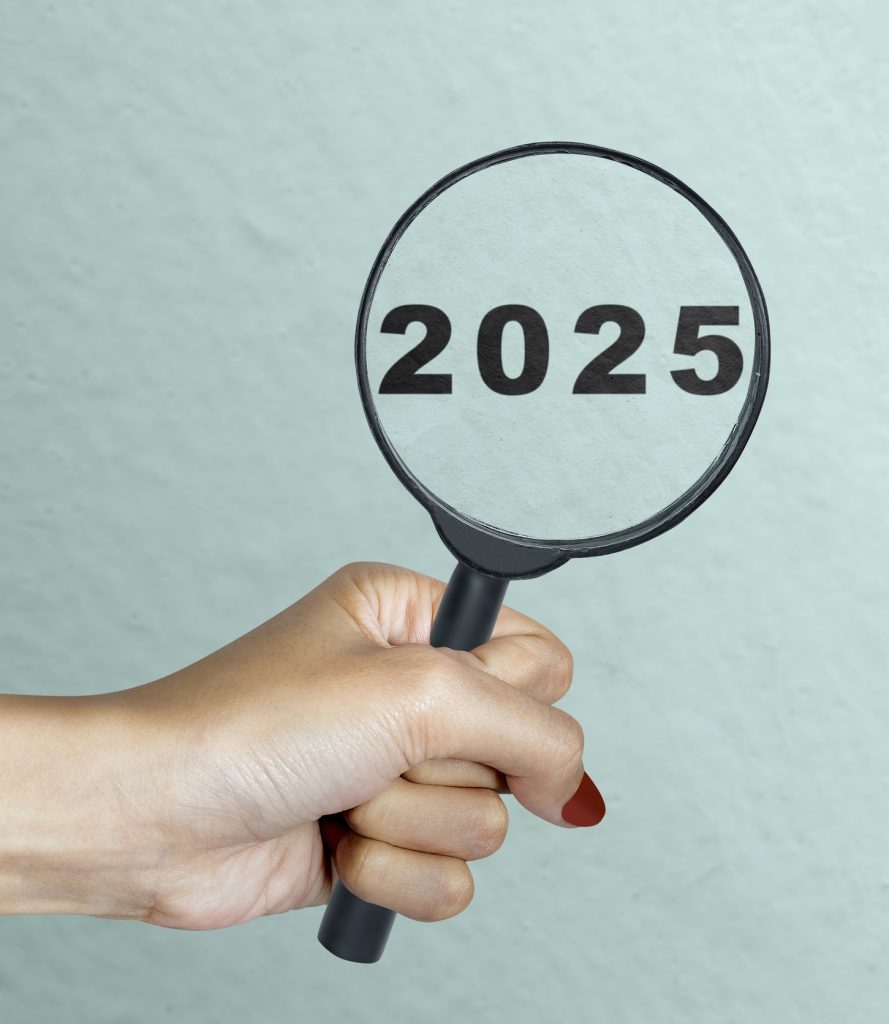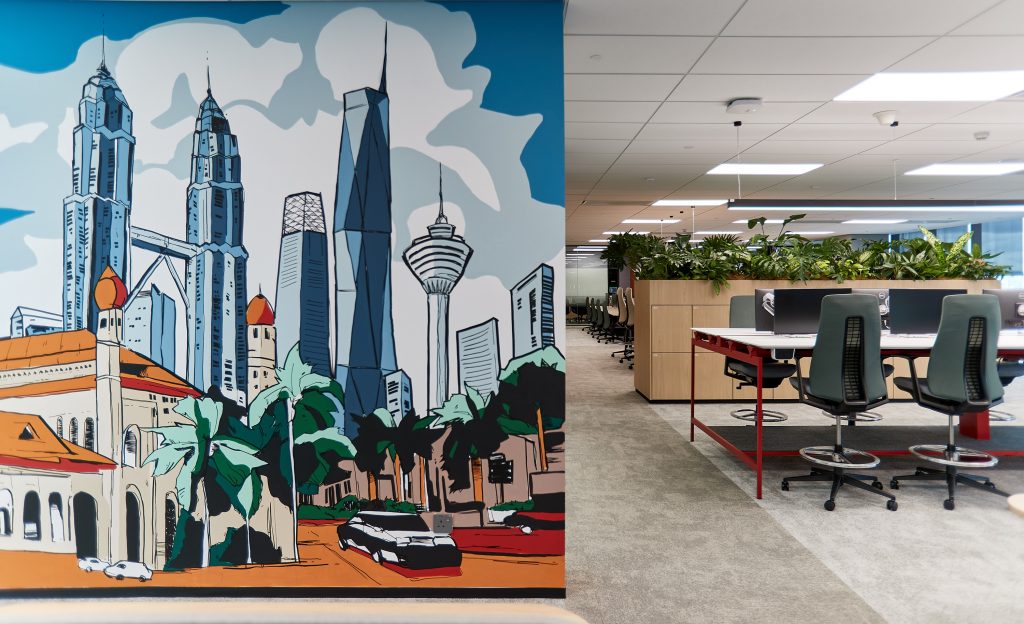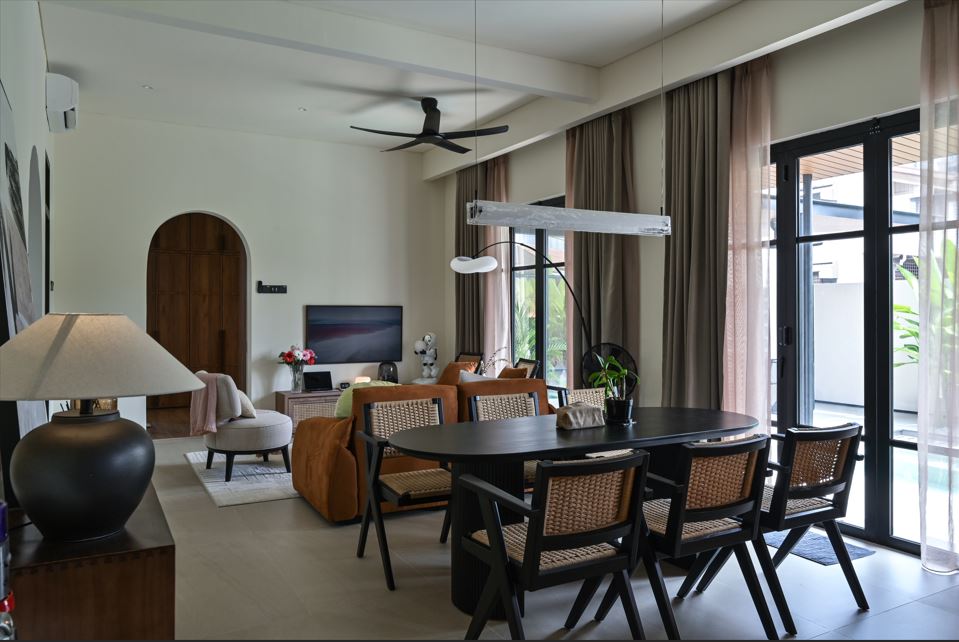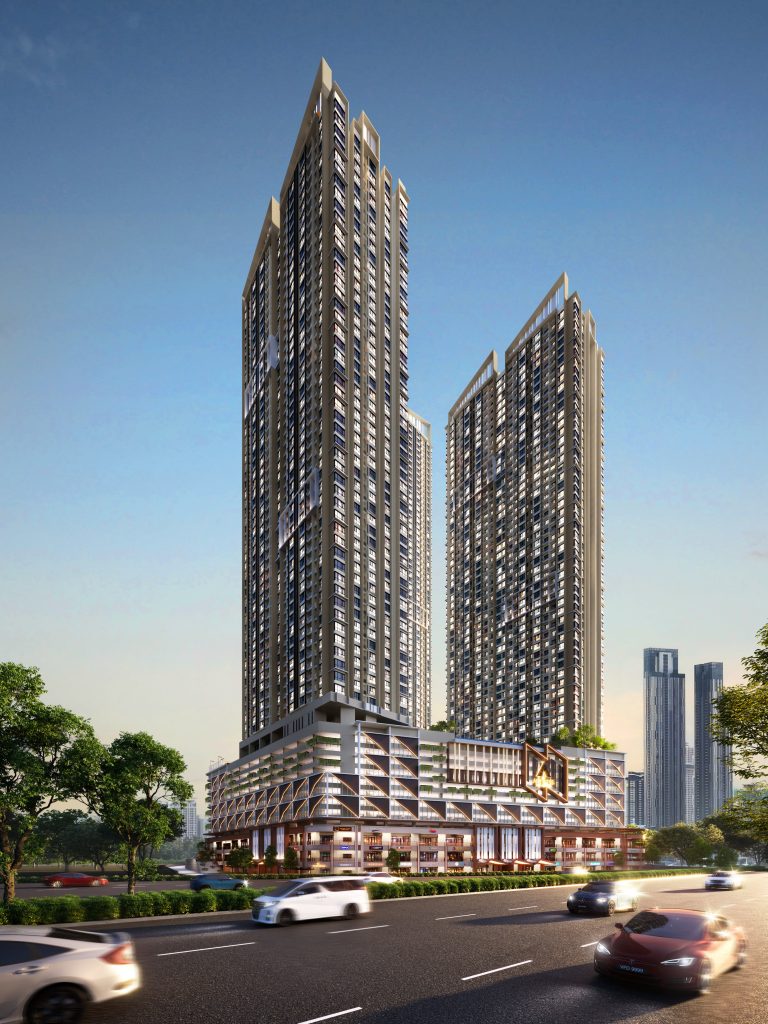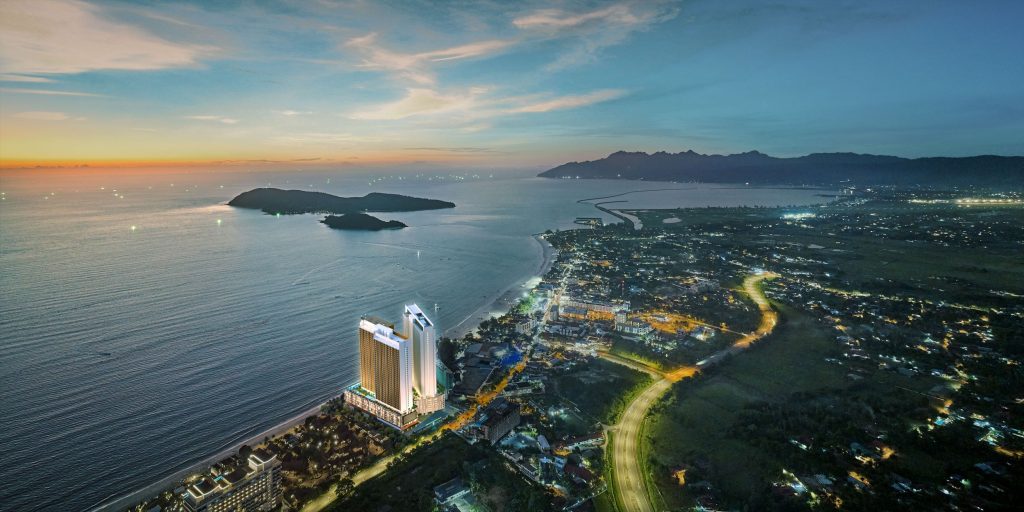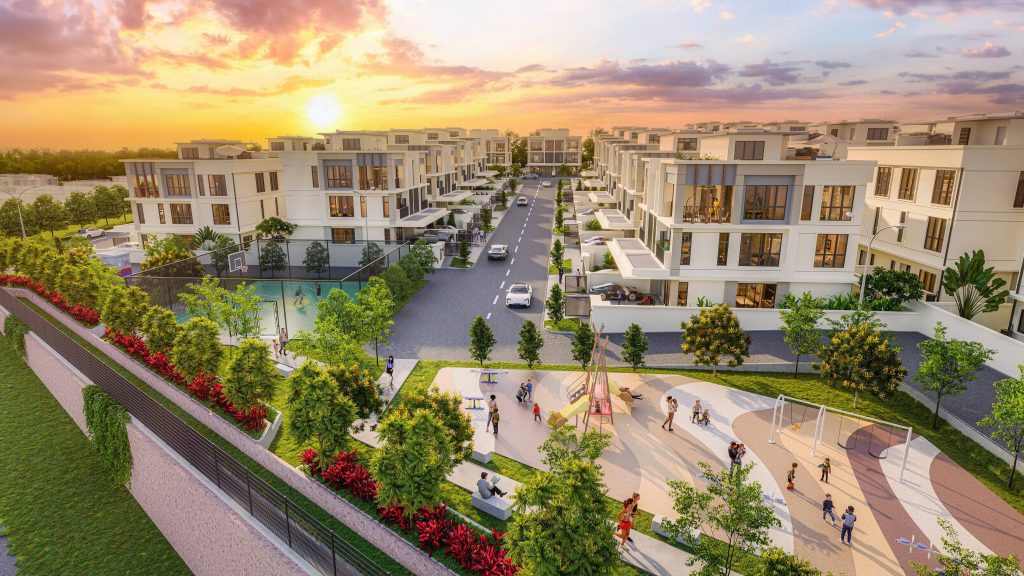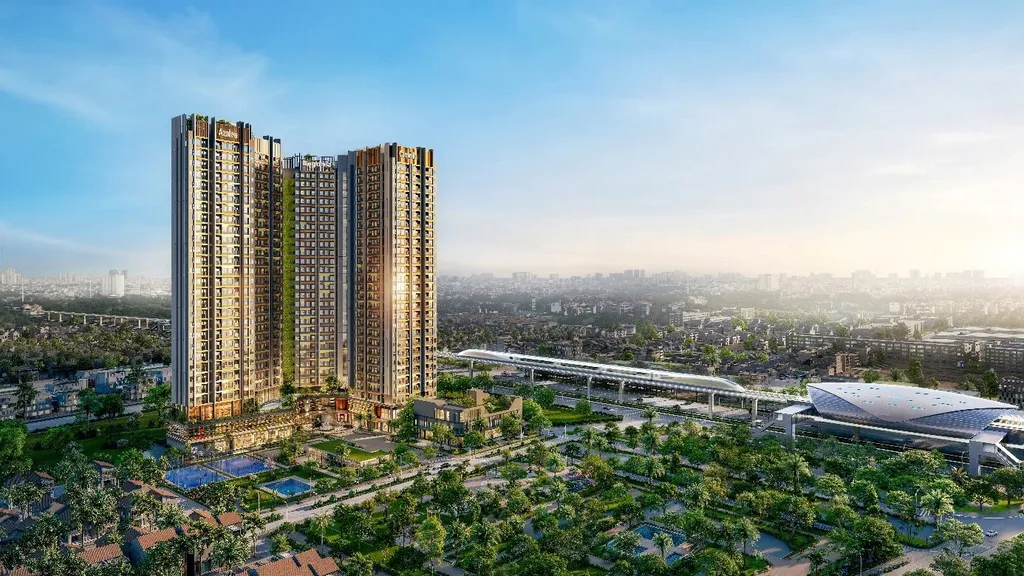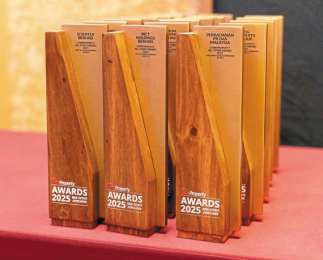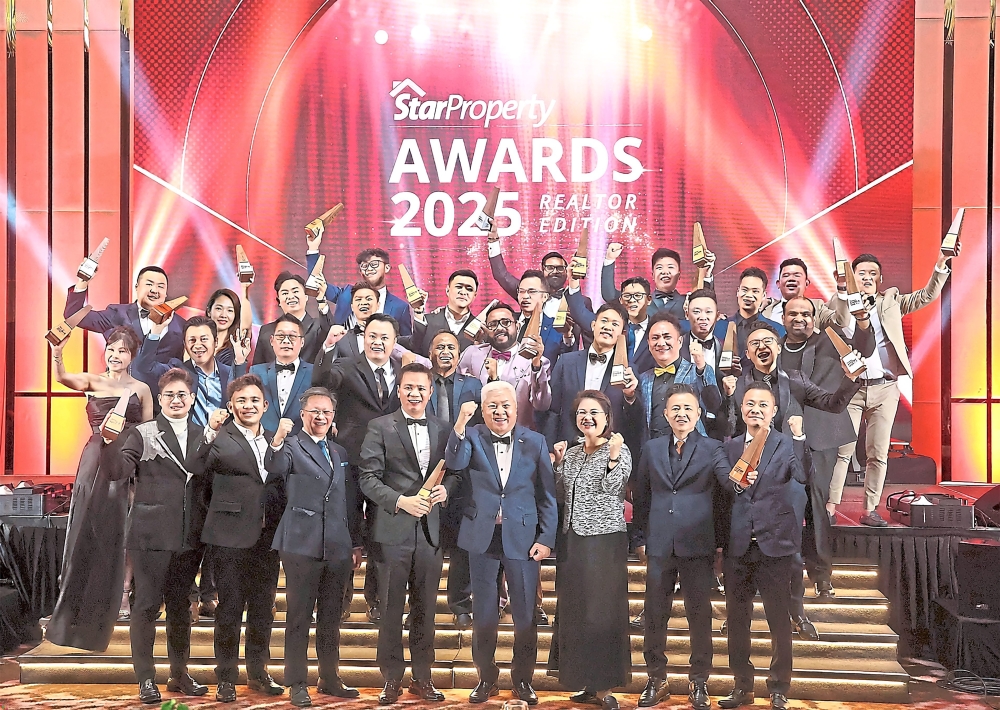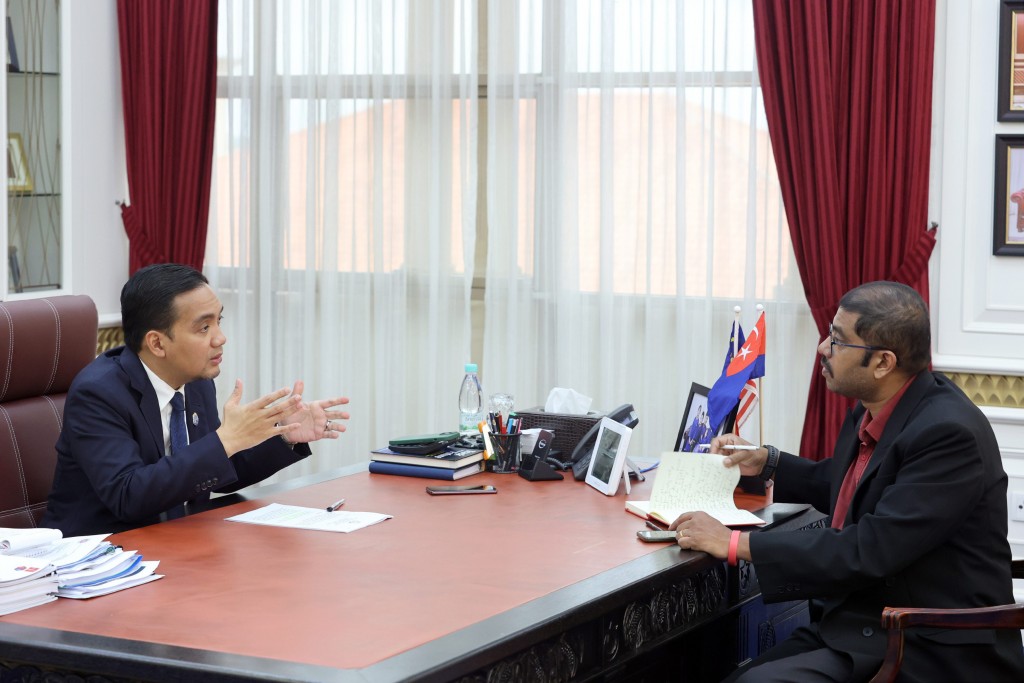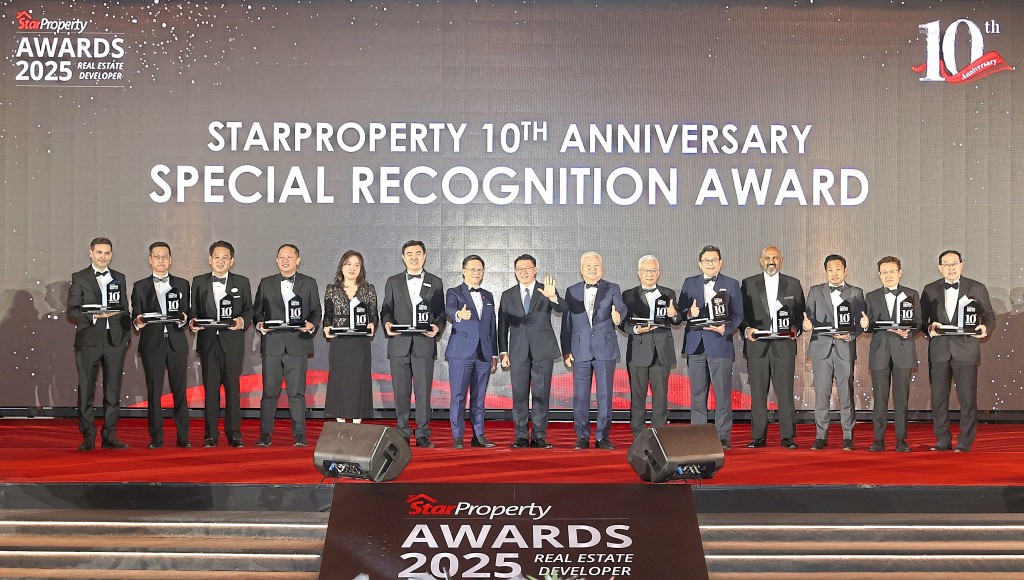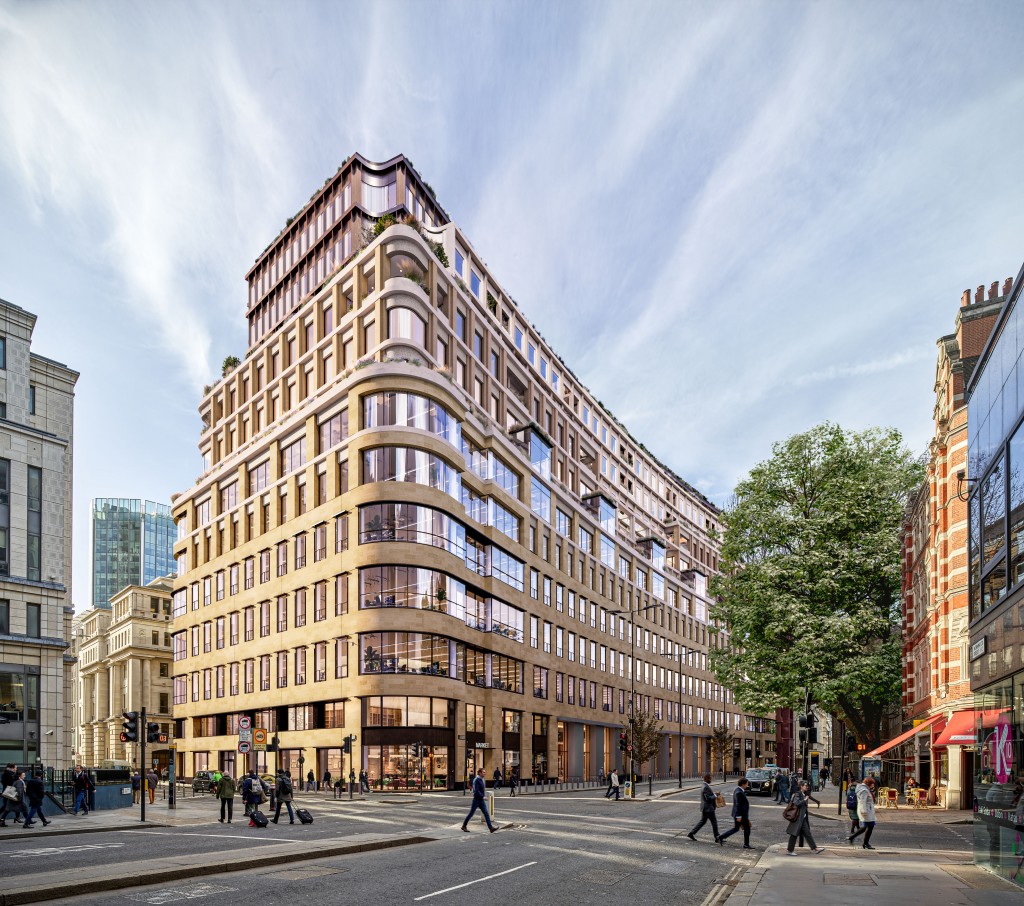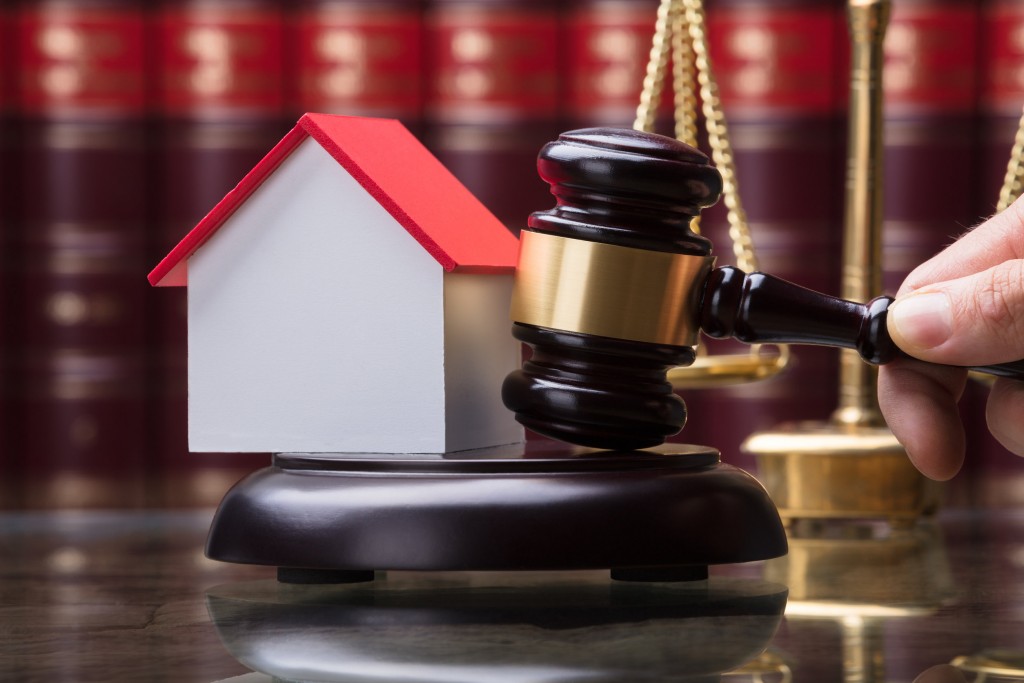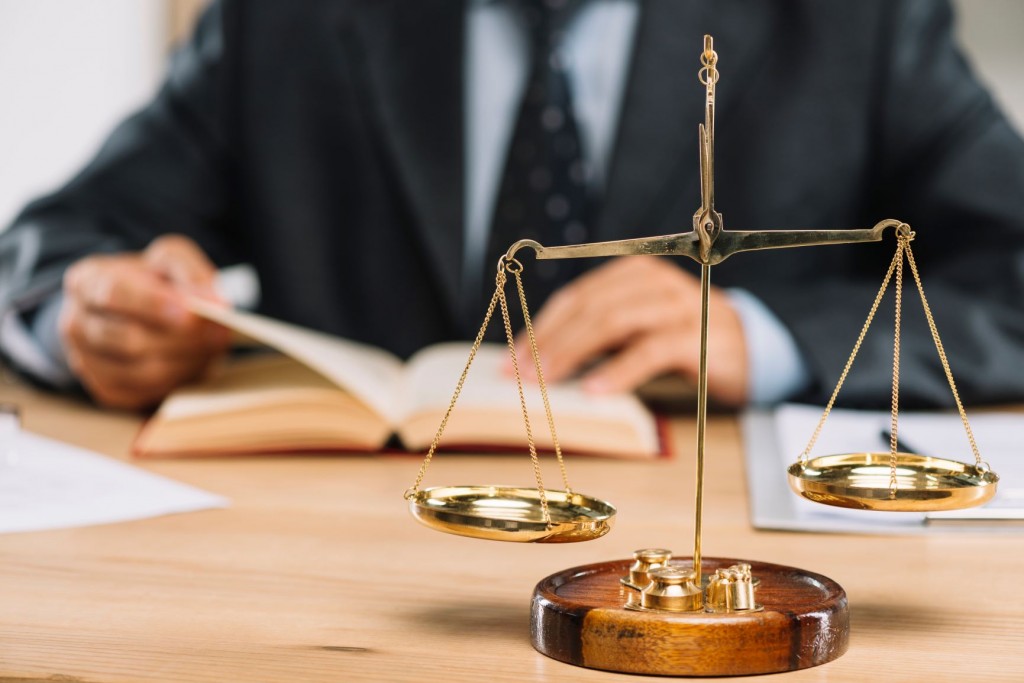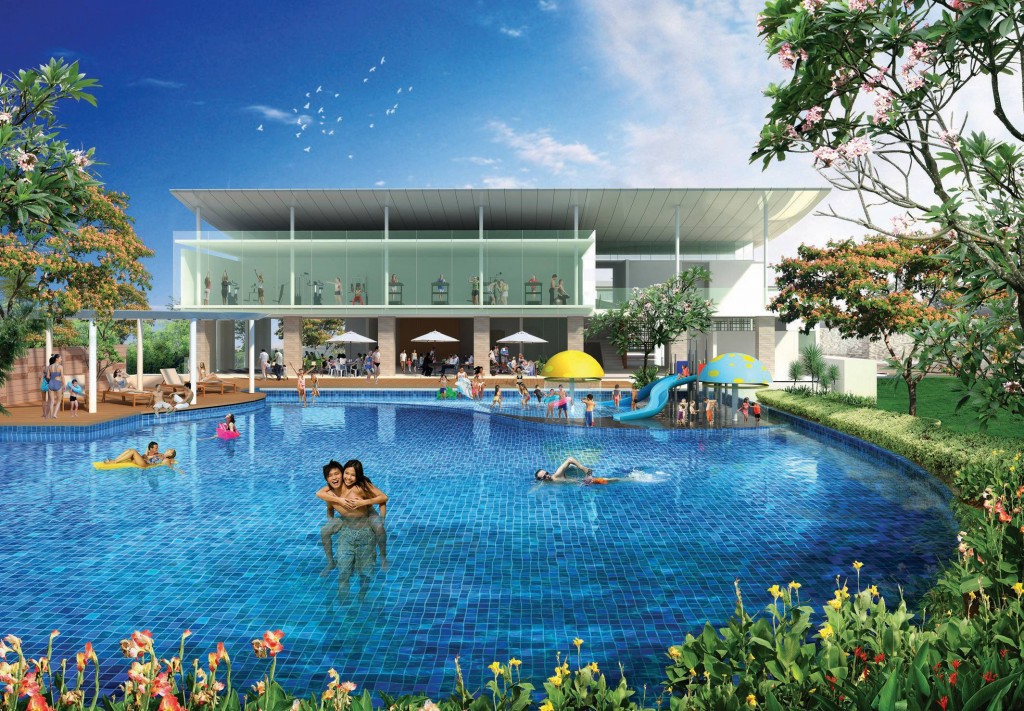The topic of affordable housing has been widely discussed for years, yet for many residents living in low-cost flats across the country, the reality can be a daily ordeal. Striking indications include peeling paint on corridor walls and piles of rubbish obstructing stairwells, which often attract insects.
With regulations typically allowing for buildings to reach a maximum of 18 to 21 floors, many residents find themselves carrying their groceries up multiple flights of stairs. Some consider themselves fortunate if the lift operates consistently for an entire week.
These pressing concerns are frequently expressed on social media and various online forums, signalling community-wide attention for urgent repairs.
This is daily life for many of our neighbours residing in Malaysia’s People’s Housing Program (PPR) flats, nationally known as housing built with the aim of providing a semblance of shelter and dignity to the country’s struggling lower-income residents.
But now, even decades after their construction boom, the poor conditions of these affordable homes are still being brought up. And the even bigger question is, could the new generation of affordable housing projects break the cycle years from now?
Affordability vs age
Rumah Mesra Rakyat (RMR) and the upcoming Madani housing are among the various schemes falling under Malaysia’s affordable housing sector. In policy terms, affordable is generally referring to houses priced under RM300,000 or targeted for households earning below RM5,000 a month. Going slightly lower and into the rental portion, PPR flats typically cater to families with incomes under RM2,500. Some units are sold for as low as RM35,000 or rented for an estimated RM124 per month.
But overall, many of these developments are now pushing their 20s. A 2024 study entitled Public Low-Cost Housing in Malaysia: Case Studies on PPR Low-Cost Flats in Kuala Lumpur found that common problems reported decades ago still persist today, ranging from deteriorating structures, poor maintenance and inadequate amenities. The added dangers of such inadequate infrastructure, from unsafe staircases to blocked drains and unreliable elevators, posed a real threat to the lives of residents.
Fortunately, even government agencies have acknowledged the wear and tear of these structures. The Ministry of Housing and Local Government (KPKT) recently admitted that older PPR buildings no longer meet the current living standards and are actively affecting the well-being of residents.
Efforts have been made, with Budget 2026 allocating RM300mil for any urgent maintenance and lift repairs across PPR buildings nationwide.
Common problems reported
Maintenance challenges are the main bane of keeping a structure up and running. At Gombak Setia, residents reported cracks along the expansion joints of several blocks earlier this year, prompting inspections. The reassurance was that the damage was non-structural, which sent alarm bells ringing in residents' minds anyway. In other cases, issues run deeper. Vandalised lifts, leaking pipes, malfunctioning water pumps and inconsistent waste collection plagued day and night, especially for the elderly.
As for the physical structures themselves, a 2022 review by Planning Malaysia noted that the majority of issues stemmed from design and planning limitations. Compact layouts, lack of ventilation and extremely dense configurations reduced livability while accelerating physical deterioration.
Property analysts familiar with urban housing policies share similar sentiments, stating these flats are often built quickly and cheaply to meet demand. The conditions now are the long-term consequence of under-investment in maintenance and management.
Funding gaps
Unlike private condominiums, PPR projects rely heavily on government or local council budgets for upkeep.
Under the Budget 2025 allocation, the federal government set aside RM900mil for key affordable housing programmes, covering a total of 62 new projects. In contrast, Budget 2026 saw an allocation of RM672mil for similar affordable housing schemes. On the bright side, there were bonus funds channelled to supporting schemes like Syarikat Jaminan Kredit Perumah Bhd (SJKP), which saw a doubling from RM10bil to RM20bil to help around 80,000 first-time buyers.
Yet, maintenance often literally falls through the cracks because of limited funds, fee arrears and fragmented responsibilities between residents’ committees and municipal authorities.
In some cases, residents themselves face difficulty paying maintenance charges. Reports cited growing numbers of PPR fee defaulters, prompting calls for stricter enforcement. Without steady collections, management corporations struggle to hire cleaners, repair lifts or repaint facades. What this does is set off a cycle of decline that worsens living conditions and discourages residents from paying at all.
So can it be said that these affordable buildings do not have a sustainable financial model for long-term upkeep? Urban planners definitely think so.
Flats and their poor locations
The conversation about quality does not stop at the walls of our homes. The locations of these properties are being put under the microscope as well. Researchers and analysts have long pointed out a puzzling gap between housing supply and demand. Many of these flats are nestled far from city centres, job markets and convenient public transport, resulting in quite a few remaining unsold.
Current statistics show that affordable housing comprised 20.7% of unsold units in Malaysia during the first quarter of 2025, with unsuitable locations in exchange for their price. For those who do take the plunge and move in, the reality often means facing steep daily commutes and limited access to schools and healthcare, which defeats the entire purpose of affordable living.
On a brighter note, some newer developments have stepped up with better amenities and stylish designs, yet they sadly remain out of reach for the very lower-income households they are meant to benefit. This begs the all-important question: How truly affordable is a home if a hefty chunk of your income goes towards the daily trek to get there?
The new generation of affordable homes
To address the housing shortage, Prime Minister Datuk Seri Anwar Ibrahim was reported to have unveiled an ambitious plan in July for one million new affordable homes between 2026 and 2035, with the collaboration of both federal and state agencies. The goal is not just to build houses but to bridge the gap between what is available and what households actually need, especially in bustling urban areas.
Newer PPR projects in Selangor and Penang have upped their game with open courtyards, childcare centres and superior materials. Innovative developers like SP Setia Bhd and Gamuda Land Bhd are even playing with modular designs that expedite construction without sacrificing quality.
Industry experts are enthusiastic about the lofty ambitions but urge caution, noting that Malaysia has seen similar promises in the past. Some of them have stumbled due to slow approvals, soaring land costs and mismatched demand. It remains to be seen if the new promises will be realised.
This article was first published on Starbiz7.
Stay ahead of the crowd and enjoy fresh insights on real estate, property development and lifestyle trends when you subscribe to our newsletter and follow us on social media.

